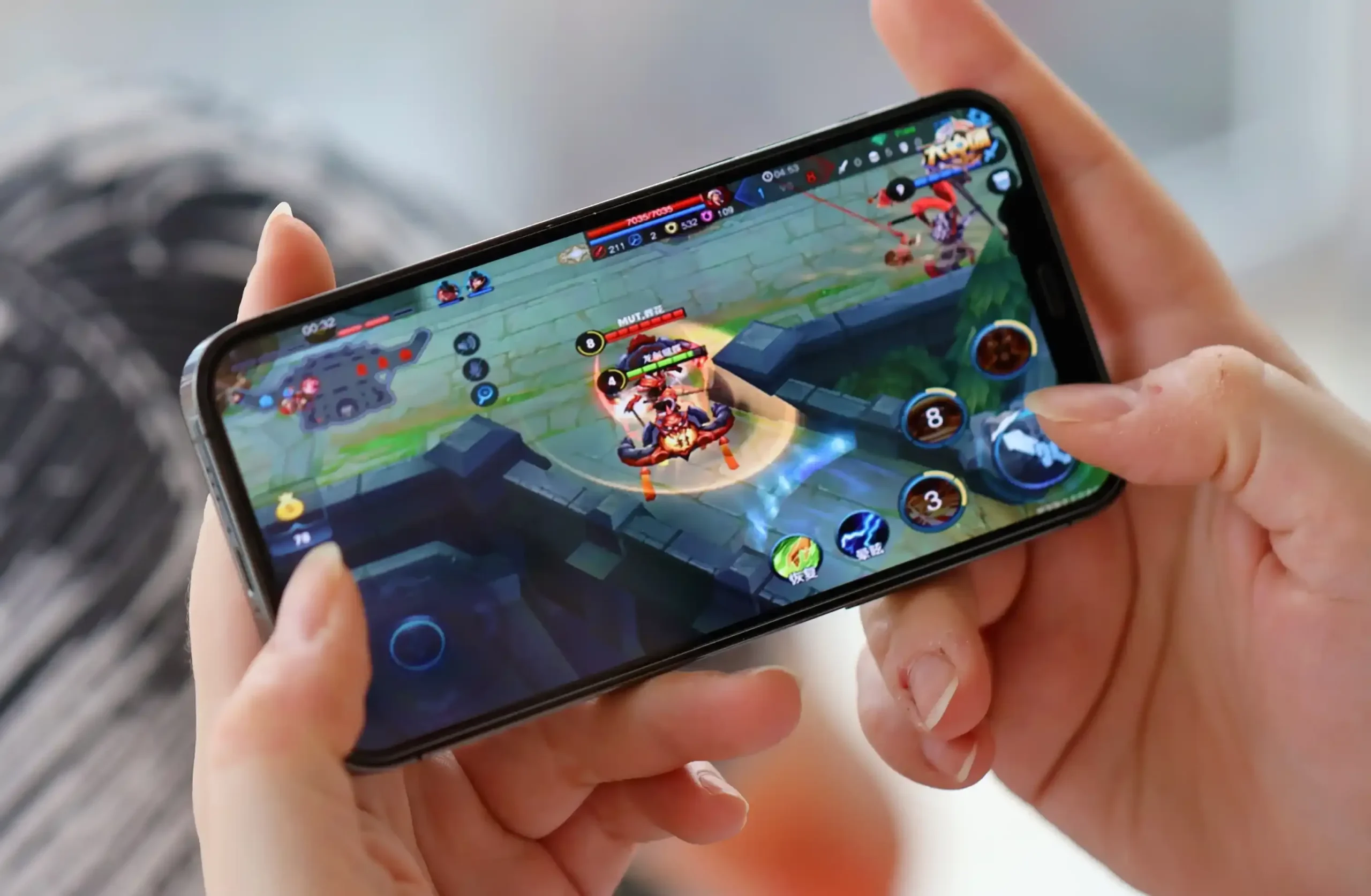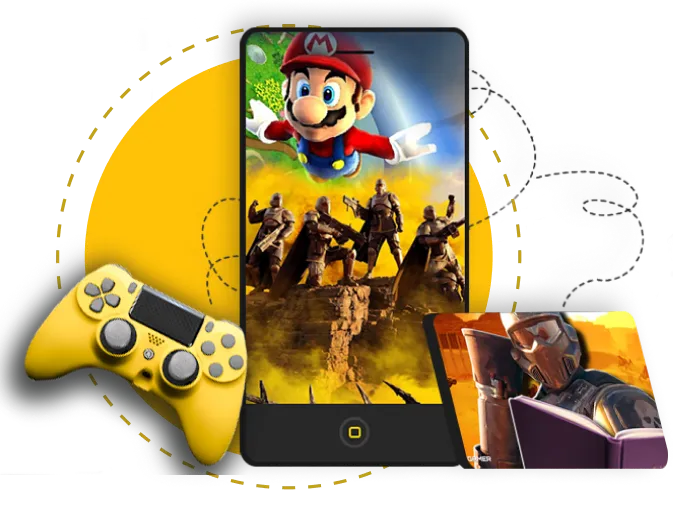Concept and Ideation
Every mobile game begins with a spark — an idea that combines gameplay mechanics, theme, and target audience. At this stage, teams brainstorm core concepts: What’s the genre? Who is the player? What emotions should the game evoke? Successful ideas often solve a specific player desire — whether it’s to compete, relax, explore, or create.
We also evaluate market trends, competitors, and monetization potential early on. A quick internal pitch deck or Game Design Document (GDD) is created to present the idea, scope, and business logic behind the project.
Prototyping and Validation
Once the concept is chosen, a prototype is built — not the full game, but a basic playable slice. This version tests core mechanics, controls, and the overall “feel” of the game. It helps reveal whether the gameplay loop is fun and viable.
During this phase, we perform early playtests within the team and sometimes with closed focus groups. Feedback at this point is gold: it allows us to refine or even pivot before any major investment of time and resources.
Pre-Production
In pre-production, we prepare everything needed for full development. This includes technical planning (choice of engine, platform requirements), production pipelines (art, sound, code), and initial asset creation. Key milestones and timelines are set, and the team composition is finalized — including game designers, artists, programmers, and QA.
A more detailed GDD and a production roadmap are developed. Monetization strategies (e.g., ads, in-app purchases, premium) are also planned here based on the game’s model.
Production
Now, full-scale development begins. Artists work on characters, environments, VFX, and animations. Programmers implement core systems, UI, and gameplay logic. Designers fine-tune balance, pacing, and progression. Sound designers and composers create audio and music to support the game’s mood.
Agile methods are often used in mobile game production — meaning the team works in sprints, delivering incremental updates. The game is playable early and constantly evolves. Internal QA starts from this point to catch issues before they multiply.
Testing and Polish
As the game nears feature-complete status, QA ramps up. The goal is to eliminate bugs, improve stability, and ensure compatibility across Android/iOS devices. UI/UX is refined to feel intuitive and fluid.
We often run soft launches — releasing the game in a limited market (like Ireland or Canada) to test retention, monetization, and user behavior. Analytics tools like Firebase, GameAnalytics, and custom telemetry help us understand what’s working — and what’s not.
Based on real user data, we adjust balance, fix churn points, improve onboarding, and A/B test monetization methods.
Launch
Once the game passes soft launch benchmarks, it’s ready for global release. Store listings (Google Play, App Store) are created with optimized descriptions, keywords, screenshots, and promo videos. Marketing campaigns, influencer outreach, and ad creatives are launched to support discoverability.
Backend servers (if needed) are scaled up, and customer support tools are prepared. The game is submitted for review and, after approval, goes live.
Post-Launch Support
After release, the real work begins. User reviews, crash reports, and analytics help us shape updates. Regular patches, seasonal content, live events, and community engagement are key to long-term retention.
If monetization is planned well, post-launch becomes the most profitable phase. Games that succeed here evolve continuously, staying relevant for months or even years.



No responses yet